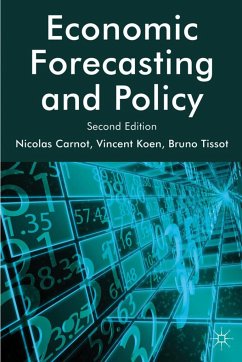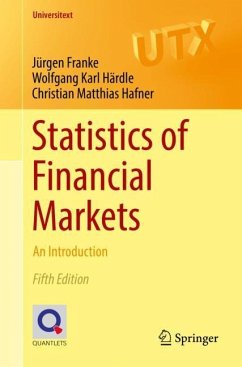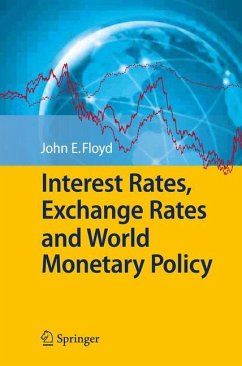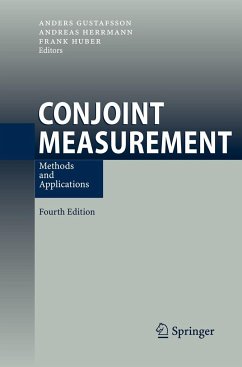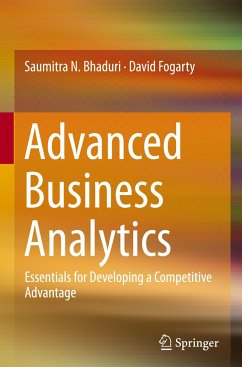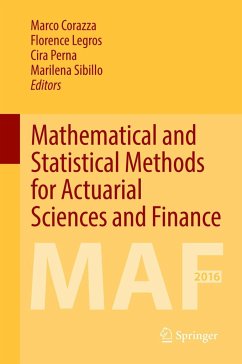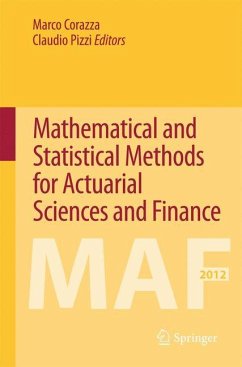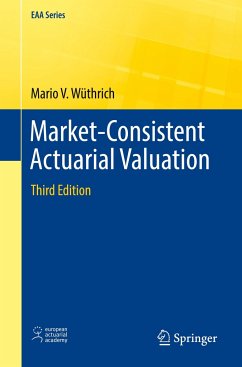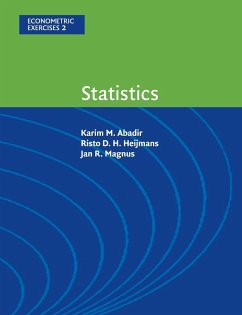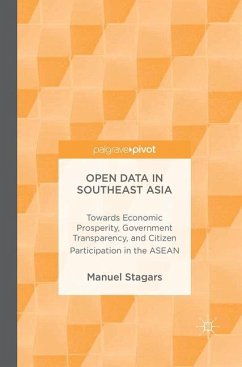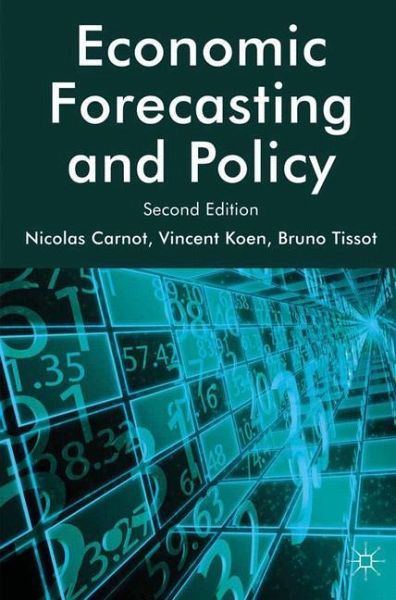
Economic Forecasting and Policy
Versandkostenfrei!
Versandfertig in 6-10 Tagen
Weitere Ausgaben:

PAYBACK Punkte
38 °P sammeln!





Economic Forecasting provides a comprehensive overview of macroeconomic forecasting. The focus is first on a wide range of theories as well as empirical methods: business cycle analysis, time series methods, macroeconomic models, medium and long-run projections, fiscal and financial forecasts, and sectoral forecasting.
NICOLAS CARNOT is Deputy Director for Social and Employment Policies in the French Treasury. He has held several positions at the French Ministry of Finance and the International Monetary Fund, where he has been involved in macroeconomic forecasting and economic policy advice. VINCENT KOEN is a Senior Official in the OECD Economics Department and has long been one of the main authors of its Economic Outlook. He has also held positions at the International Monetary Fund and the French Central Bank. He authored a textbook on capital markets and numerous economic articles and holds a PhD from MIT. BRUNO TISSOT is Adviser to the General Manager of the BIS, where he previously was the Secretary of the Markets Committee of Central Banks. Before joining the BIS, he ran the International Economic Synthesis Division at the French Ministry of Finance. With Nicolas Carnot, he co-authored La Prévision Économique, which in 2003 received a prize for best economics book from the French Moral and Political Sciences Academy.
Produktdetails
- Verlag: Macmillan Education / Palgrave Macmillan UK / Springer Palgrave Macmillan
- Artikelnr. des Verlages: 978-0-230-24322-4
- 2. Aufl.
- Seitenzahl: 516
- Erscheinungstermin: 26. Juli 2011
- Englisch
- Abmessung: 229mm x 152mm x 28mm
- Gewicht: 684g
- ISBN-13: 9780230243224
- ISBN-10: 0230243223
- Artikelnr.: 33611865
Herstellerkennzeichnung
Macmillan Education
Tiergartenstr. 17
69121 Heidelberg
ProductSafety@springernature.com
'This book manages to pull off being both a beginners guide and an experts go-to reference for the big questions on this increasingly important topic. As the world rebuilds from the greatest economic shock of this generation, books such as these will be devoured in the hope of finding the solution to ensure such a catastrophe will never happen again.' - Catherine Snowdon, Central Banking 'Good economic forecasters are pragmatists. They combine intuition, based on experience, with time series evidence and theory. Forget theory, and you lose internal consistency and become a bad story teller. Be a slave to theory, and you miss important developments because they do not fit. These skills are not taught in graduate school (they should). But
Mehr anzeigen
they are taught in this remarkable book. Read it before you start forecasting.' Olivier J. Blanchard, Economics Professor, MIT and Chief Economist, IMF 'This book reminded me almost effortlessly of the complications and pitfalls in the 'dark art' of forecasting I once had to learn the hard way. Its comprehensive and thoroughly up-to-date approach gave me insights I either never had or were simply not available at the time. It is clearly written, logically ordered, and reliant no more than necessary on mathematical techniques. It also draws key lessons from the 2007 financial crisis and the Great Recession that followed.' William R. White, Chairman of the OECD's Economic and Development Review Committee and Former Head of the Monetary and Economic Department, BIS 'This book is accessible to anyone with a general background in economics, yet nuanced and state-of-the-art. It provides the complete toolkit needed by forecasters, with clear presentations of the technicalities and numerous up-to-date real-life exhibits. It vividly shows how economic analysis and decision processes interact.' Jean-Philippe Cotis, Head of France's National Statistical Office and former OECD Chief Economist
Schließen
Für dieses Produkt wurde noch keine Bewertung abgegeben. Wir würden uns sehr freuen, wenn du die erste Bewertung schreibst!
Eine Bewertung schreiben
Eine Bewertung schreiben
Andere Kunden interessierten sich für


